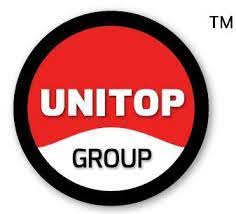Clean Beauty Trend: Sourcing and Formulating with Natural Ingredients
The clean beauty movement has significantly impacted the cosmetic industry, prompting consumers and manufacturers to focus on safer and eco-friendly skincare solutions. Natural ingredients for clean beauty are becoming the cornerstone for ethical brands committed to quality and environmental responsibility.

What Defines Natural Ingredients for Clean Beauty?
Natural ingredients encompass substances derived from plants, minerals, or naturally occurring sources, minimally processed to retain purity. Popular choices include botanical extracts like chamomile, aloe vera, and tea tree oil. These ingredients offer enhanced safety, sustainability, and proven skincare benefits compared to synthetic alternatives.
Sustainable Sourcing Practices
Responsible sourcing is integral to clean beauty. Sustainability involves ethical harvesting, reduced environmental impact, and supporting local communities. Companies adopting sustainable sourcing not only help protect biodiversity but also resonate with eco-conscious consumers.
Benefits of Sustainable Sourcing
- Protects ecosystems
- Supports local economies
- Enhances brand credibility
Formulation Techniques for Natural Ingredients
Formulating skincare products with natural ingredients requires precision. These ingredients can be sensitive to processing conditions, requiring careful handling to maintain potency and efficacy.
Best Practices in Formulation
- Low-temperature processing
- Gentle extraction methods
- Stability testing to ensure longevity
The Impact of Natural Ingredients on Skin Health
Natural ingredients typically have fewer irritants and allergens compared to synthetic counterparts, making them suitable for sensitive skin. Ingredients like botanical extracts provide antioxidants, anti-inflammatory properties, and hydration benefits.

Future of Clean Beauty Formulations
The demand for transparency and sustainability will continue driving innovation in natural skincare formulations. Companies investing in research and sustainable practices will be better positioned in the clean beauty market.
























